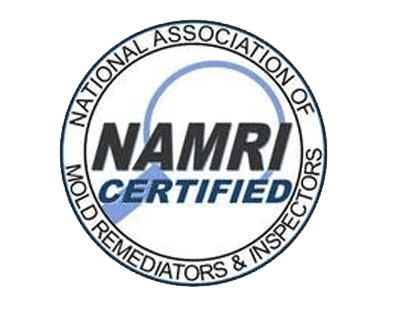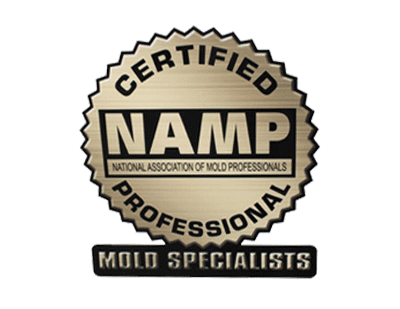Protecting your home and loved ones from potential fire hazards is crucial. By implementing effective fire damage prevention tips, you can significantly reduce the risk of a fire incident occurring in your home. In this section, we will explore essential fire damage prevention tips that you can implement to enhance the safety of your home.
From identifying potential fire risks to developing a comprehensive fire safety plan and implementing practical prevention measures, these tips will help you safeguard your home against fire damage and protect what matters most.
Key Takeaways:
- Implement effective fire damage prevention tips to enhance the safety of your home.
- Identify potential fire risks and hazardous materials that could ignite or fuel a fire.
- Create a comprehensive fire safety plan, including establishing escape routes and practicing fire drills.
- Implement practical fire prevention measures, such as installing smoke detectors and practicing safe cooking habits.
- Stay vigilant and prioritize home safety to protect what matters most.
Understanding Fire Risks and Hazardous Materials
Before you can effectively prevent fires in your home, you need to understand the common fire risks and identify hazardous materials that could potentially ignite or fuel a fire. Not taking the time to evaluate potential dangers can leave your home vulnerable to a catastrophic event that could cause injury, property damage, or worse. Below are some of the most common fire risks and hazardous materials to watch out for:
| Fire Risks | Hazardous Materials |
|---|---|
| Flammable liquids such as gasoline, oil, and paint | Chemicals and cleaning agents |
| Overloaded electrical outlets or circuits | Batteries |
| Unattended cooking appliances | Pesticides and insecticides |
| Smoking indoors | Propane tanks |
In addition to these risks, it’s important to maintain and store hazardous materials properly. Ensure that you keep chemicals and cleaning agents in their original containers, with the labels prominently displayed. Store flammable liquids in a secure, well-ventilated space, preferably away from living areas. Proper storage and disposal of hazardous materials can significantly reduce the risk of a fire breaking out.
By identifying potential fire risks and hazardous materials in your home, you can take the necessary precautions to prevent fires from starting. Evaluate your home for any potential dangers, make the necessary changes, and ensure that you and your family stay safe.
Creating a Fire Safety Plan
Having a comprehensive fire safety plan is essential to keep your family and property safe. Your plan should include escape routes, a designated meeting point, and clear instructions for calling the emergency services. Follow these steps to create a fire safety plan for your home:
- Map out your home: Start by drawing a map of your home, showing all windows and doors. This map will help you identify potential escape routes.
- Identify escape routes: Plan at least two escape routes from each room. Make sure that everyone in your household knows these routes and how to use them.
- Designate a meeting point: Choose a safe, easy-to-find location outside of your home where you and your family can meet in case of fire. This will help you determine if anyone is still inside the building and needs assistance.
- Install smoke detectors: Smoke detectors are an essential part of any fire safety plan. Install them in every bedroom, outside sleeping areas, and on every level of your home. Test them regularly to ensure they are working correctly.
- Practice fire drills: Regularly practicing fire drills with your family is vital for ensuring that everyone knows what to do in case of a fire. Make sure that everyone understands the escape routes and the designated meeting point.
- Review and update your plan: Review and update your fire safety plan regularly, especially if you have any changes to your home or household. Make sure that everyone in your household knows the plan and understands their role in case of a fire.
By following these steps, you can create a fire safety plan that will help protect your family and property from the risks of fire.
Implementing Fire Prevention Measures
Implementing fire prevention measures is essential to keep your home safe from potential fire hazards. Here are some practical steps you can take to minimize the risk of a fire breaking out:
- Install smoke detectors: Smoke detectors are an inexpensive and effective tool to warn you of a fire. Ensure that you have enough smoke detectors installed throughout your home, especially in high-risk areas like the kitchen and bedrooms. Test your smoke detectors monthly to ensure they are working correctly.
- Invest in fire extinguishers: Fire extinguishers can help you contain small fires before they spread. Keep at least one fire extinguisher in every room and ensure that you know how to use it correctly.
- Practice safe cooking: Cooking is a major cause of house fires. Make sure you never leave cooking unattended and keep flammable items away from the stove. Clean your cooking appliances regularly to prevent the buildup of grease or other flammable materials.
- Be cautious with electrical appliances: Electrical fires are common in homes. Always unplug appliances when not in use and ensure that cords are not frayed or damaged. Don’t overload your electrical outlets or use extension cords excessively.
- Regularly maintain your home’s electrical system: An outdated or poorly maintained electrical system can increase the risk of a fire. Have a licensed electrician inspect your electrical system at least once every five years.
- Stay vigilant: Lastly, staying aware of potential fire hazards and putting out small fires before they grow can help you prevent disasters. Train your family members on fire safety, and always be prepared to evacuate your home in case of an emergency.
By implementing these simple fire prevention measures, you can significantly reduce the risk of a fire breaking out in your home. Remember, taking proactive steps to prevent fires is crucial for your family’s safety and well-being.
Conclusion
By implementing the fire damage prevention tips discussed in this article, you can take proactive steps to safeguard your home and loved ones against potential fire accidents. Remember, understanding common fire risks and identifying hazardous materials is crucial for effective prevention. Developing a well-prepared fire safety plan and practicing fire drills can help you act quickly in the event of a fire. Installing smoke detectors and fire extinguishers, practicing safe cooking habits, and prioritizing electrical maintenance can all significantly reduce the likelihood of a fire breaking out and spreading.
Keep in mind, prevention is key when it comes to fire safety. By staying vigilant and adhering to best practices, you can protect what matters most and ensure the safety of your home and loved ones.
FAQ
What are some common fire hazards to watch out for in my home?
Common fire hazards in homes include unattended cooking, electrical malfunctions, flammable materials, and heating appliances. It is important to remain cautious and address these risks to prevent fire incidents.
How often should I test my smoke detectors?
It is recommended to test your smoke detectors at least once a month to ensure they are functioning properly. Change the batteries twice a year or as needed.
Are fire extinguishers necessary in every home?
Yes, having fire extinguishers strategically placed in your home is essential for immediate response to small fires. Ensure that the extinguishers are easily accessible and regularly maintained.
What should I do if a fire occurs in my home?
If a fire breaks out, evacuate your home immediately, ensuring everyone is safe. Call emergency services and do not attempt to extinguish the fire if it is spreading rapidly. Follow your fire safety plan and gather at the designated meeting point.
How can I educate my family about fire safety?
Educate your family about fire safety by conducting regular fire drills, teaching them how to use a fire extinguisher, and discussing emergency escape routes. Encourage open conversations about fire safety to reinforce its importance.



























